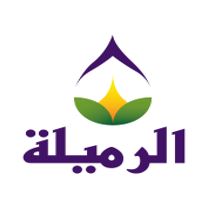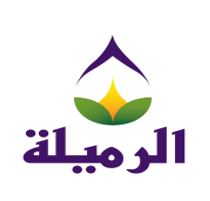Title Page
General Information
-
Project:
-
Contractor:
-
Conducted on:
-
Location:
-
Completed By:
-
Record Number:
Compliance Questions
1. Documents
-
1.1: Are all necessary procedures and ITPs approved and available on-site
-
Provide evidence of the documents
-
1.2: Are RFI notifications raised according to the approved Inspection and Test Plan (ITP)
2. Calibration and Validation
-
2.1: Are all relevant devices calibrated, with valid calibration certificates available and within their validity period
-
DFT gauges, profile gauges, holiday detectors, spray equipment, pyrometers, and environmental monitors
3. Material Receiving and Storage
-
3.1: Are all received materials inspected and documented upon receipt for compliance
-
Check product batch certification and expiration dates
-
3.2: Are all received materials stored according to manufacturer recommendations
-
Verify storage conditions including temperature control and protection from contamination
-
3.3: Are records of material inspection and storage conditions maintained and available for review
4. Pre-Production Activities
-
4.1: Has the PQT execution been documented and approved before work starts
-
Provide evidence of the PQT report witnessed by Company
-
4.2: Is the applicator qualified for the task
-
Verify the applicator test was specific to the task
5. Health and Safety
-
5.1: Is the Permit to Work (PTW) present at site and valid for the task
-
5.2: Are TBTs conducted at the start of every shift, and are they documented
-
5.3: Are minimum PPE requirements followed on-site?
-
Select the PPE observed
- Helmet
- Googles
- Glasses
- Ear Defenders
- Leather Gloves
- Boots
- Coveralls
6. Surface Preparation
-
Record the Weld ID
-
6.1: Is the surface checked for oil, grease, and irregularities before blasting (spatter, sharp edges, weld slag)
-
Verify the condition meets SSPC SP1 & grade P2 as per ISO 8501-3 requirements
-
6.2: Is the humidity and temperature monitored to ensure it meets the requirements
-
Verify the temperature and humidity readings
-
6.3: Is the steel surface blast cleaned to the specified cleanliness and profile before applying the coating
-
Verify current condition:- Sa 2½ and 50-100 µm
-
6.4: Are salt contamination tests conducted and recorded, with chlorides levels below 20 mg/m²
-
Verify the method and recorded readings
-
6.5: Are all materials stored properly on-site to prevent contamination or damage
-
Provide evidence
-
6.6: Is a QC Inspector present during all critical stages. Confirm the regular tests performed and documented
- Environmental Condition
- Surface Cleanliness
- Surface Profile
- Salt Contamination
7. Primer Application
-
7.1: Are environmental conditions (e.g., temperature, humidity) monitored
-
Verify the current conditions
-
7.2: Is the mixing of pre-dosed epoxy kits performed according to manufacturer instructions and used within the recommended pot life
-
Provide the product datasheet
-
7.3: Are preheating operations controlled and verified to meet the required temperature range before the application of the epoxy coating
-
7.4: Is the epoxy primer applied immediately after preheating and is uniformity checked at multiple points
8. Heat Shrink Sleeve Installation
-
Record the Weld ID
-
8.1: Are heat shrink sleeves installed according to the manufacturer’s guidelines
-
Provide the product datasheet
-
8.2: Are post-heating checks (finger tests, visual inspection) performed to ensure proper sleeve adhesion and conformity to the pipe surface
-
8.3: Are sleeve edges and overlaps inspected for proper bonding and adhesion
-
8.4: Are holiday detection tests performed on each weld joint, and are results recorded
-
Verify the set voltage is correct
-
8.5: Are peel test performed, and are the results recorded
9. Repairs
-
9.1: Are repairs of shrink sleeves limited to damage area of 100 cm2 or less, and results documented?
-
Evidence of repair records
Feedback
-
Is there any way to improve this digital form? Please enter the information below.















